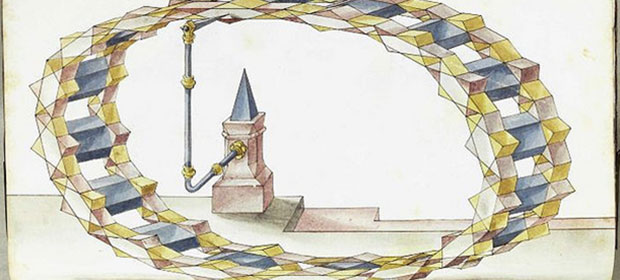"Future of Machine Intelligence" entries

Data has a shape
Using topology to uncover the shape of your data: An interview with Gurjeet Singh.
Get notified when our free report, “Future of Machine Intelligence: Perspectives from Leading Practitioners,” is available for download. The following interview is one of many that will be included in the report.
As part of our ongoing series of interviews surveying the frontiers of machine intelligence, I recently interviewed Gurjeet Singh. Singh is CEO and co-founder of Ayasdi, a company that leverages machine intelligence software to automate and accelerate discovery of data insights. Author of numerous patents and publications in top mathematics and computer science journals, Singh has developed key mathematical and machine learning algorithms for topological data analysis.
Key Takeaways
- The field of topology studies the mapping of one space into another through continuous deformations.
- Machine learning algorithms produce functional mappings from an input space to an output space and lend themselves to be understood using the formalisms of topology.
- A topological approach allows you to study data sets without assuming a shape beforehand and to combine various machine learning techniques while maintaining guarantees about the underlying shape of the data.
David Beyer: Let’s get started by talking about your background and how you got to where you are today.
Gurjeet Singh: I am a mathematician and a computer scientist, originally from India. I got my start in the field at Texas Instruments, building integrated software and performing digital design. While at TI, I got to work on a project using clusters of specialized chips called Digital Signal Processors (DSPs) to solve computationally hard math problems.
As an engineer by training, I had a visceral fear of advanced math. I didn’t want to be found out as a fake, so I enrolled in the Computational Math program at Stanford. There, I was able to apply some of my DSP work to solving partial differential equations and demonstrate that a fluid dynamics researcher need not buy a supercomputer anymore; they could just employ a cluster of DSPs to run the system. I then spent some time in mechanical engineering building similar GPU-based partial differential equation solvers for mechanical systems. Finally, I worked in Andrew Ng’s lab at Stanford, building a quadruped robot and programming it to learn to walk by itself. Read more…

On the evolution of machine learning
From linear models to neural networks: an interview with Reza Zadeh.
Get notified when our free report, “Future of Machine Intelligence: Perspectives from Leading Practitioners,” is available for download. The following interview is one of many that will be included in the report.
As part of our ongoing series of interviews surveying the frontiers of machine intelligence, I recently interviewed Reza Zadeh. Reza is a Consulting Professor in the Institute for Computational and Mathematical Engineering at Stanford University and a Technical Advisor to Databricks. His work focuses on Machine Learning Theory and Applications, Distributed Computing, and Discrete Applied Mathematics.
Key Takeaways
- Neural networks have made a comeback and are playing a growing role in new approaches to machine learning.
- The greatest successes are being achieved via a supervised approach leveraging established algorithms.
- Spark is an especially well-suited environment for distributed machine learning.
David Beyer: Tell us a bit about your work at Stanford
Reza Zadeh: At Stanford, I designed and teach distributed algorithms and optimization (CME 323) as well as a course called discrete mathematics and algorithms (CME 305). In the discrete mathematics course, I teach algorithms from a completely theoretical perspective, meaning that it is not tied to any programming language or framework, and we fill up whiteboards with many theorems and their proofs. Read more…
